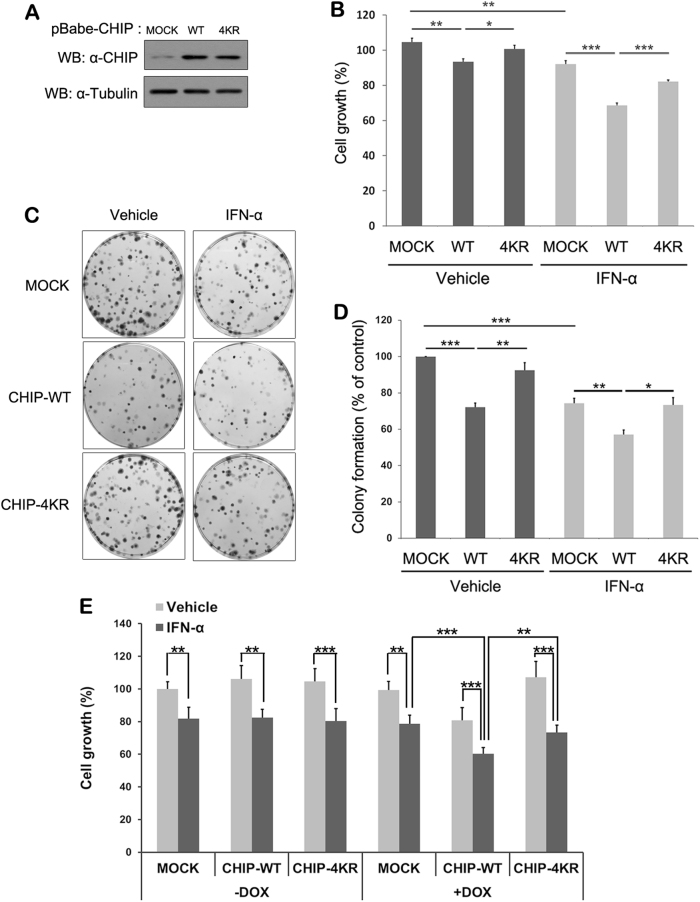Fig. 6. IFN-α-induced CHIP ISGylation causes inhibition of A549 cell growth and colony formation.
a Cell lysates were prepared from A549 cells stably expressing mock vector (Mock), CHIP-WT, or CHIP-4KR followed by western blotting with anti-CHIP antibody. b A549 cell lines stably expressing mock vector, CHIP-WT, or CHIP-4KR were treated for 48 h with vehicle or IFN-α (4000 U/ml) and then counted using the CCK-8 assay. Data are represented as the mean ± standard error of the mean (S.E.M.) of three independent experiments (n = 9; *P < 0.05; **P < 0.01; ***P < 0.001). c, d A549 cell lines stably expressing mock vector, CHIP-WT, or CHIP-4KR were cultured for 10 days, treated for an additional 7 days with vehicle or IFN-α (2000 U/ml), and stained with crystal violet c, and percentage of colony formation (mean ± S.E.M) was assessed in three independent experiments (*P < 0.05; **P < 0.01; ***P < 0.001) d. e A549 cells were infected with the lentivirus carrying the MOCK, CHIP-WT, or CHIP-4KR and cultured in the presence or absence of doxycycline for 5 days. Cells were additionally treated for 48 h with vehicle or IFN-α (4000 U/ml) and then counted using the CCK-8 assays. Data are represented as the mean ± standard error of the mean (S.E.M.) of three independent experiments (n = 9; *P < 0.05; **P < 0.01; ***P < 0.001)

